Exploring the Aesthetics of Brutal Architecture
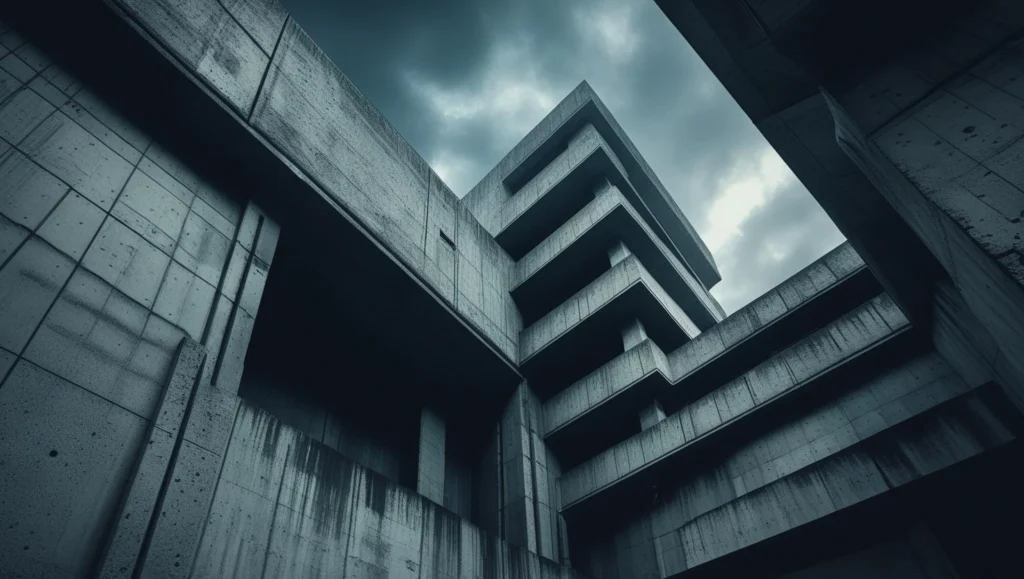
Table of Contents
In the constantly changing world of architecture, trends rise and fall — but few have stirred as much discussion as Brutalism. Known for its bold, rugged appearance and unapologetic use of raw materials, brutalist design continues to challenge conventions and divide opinions. Whether you admire its honesty or question its harshness, there’s no denying Brutalism’s enduring impact on the architectural world.
In this article, you’ll explore the origins, defining features, and lasting appeal of brutal architecture—and discover how it connects to modern design trends like industrial style.
What Is Brutal Architecture?
Brutal architecture, often called Brutalism, emerged in the mid-20th century as a response to the ornate, decorative styles that dominated before it. The name “Brutalism” is derived from the French term béton brut, which translates to raw concrete — the defining material of this architectural style.
The Origins of Brutalism
Brutalism emerged in post-World War II Europe, during a period marked by social change and the urgent need for rebuilding. Cities needed affordable, quickly constructed housing and public buildings. Brutalism, with its emphasis on practicality and durability, offered a bold solution.
Visionary architects such as Le Corbusier and Alison and Peter Smithson were among the early pioneers of the Brutalist movement. They believed in creating structures that were honest in both material and form—architecture that reflected the realities of a rapidly changing world.
Brutalism’s Philosophical Roots
The style draws heavily from Modernism, which rejected excessive ornamentation and focused on function. But Brutalism went a step further. It embraced:
- Honesty of materials
- Transparency of construction
- Democratization of architecture
For these architects, Brutalism wasn’t just a look—it was a social statement advocating for accessibility, resilience, and truth in design.
Defining Features of Brutalist Architecture
Brutalist buildings are hard to miss. Their bold, unapologetic aesthetic makes them instantly recognizable. These are the key features that distinguish this bold architectural style:
1. Raw, Unfinished Materials
As the name suggests, Brutalism is all about rawness. Concrete becomes the focal point, frequently left exposed to highlight its raw, natural texture. Other materials like steel and glass are used in their most unrefined forms, contributing to the rugged, industrial look.
The use of concrete isn’t just practical—it symbolizes permanence and resilience, qualities that were vital in the post-war era.
💡 Want to incorporate a hint of Brutalist style into your space? Consider furniture pieces like [concrete coffee tables] or [raw steel shelving units] that reflect this raw material aesthetic.
2. Massive, Monolithic Forms
Brutalist buildings often feel like modern-day fortresses. Expect:
- Block-like shapes
- Heavy, geometric patterns
- Large, unbroken surfaces
These elements create a sense of monumentality that dominates urban landscapes. Structures like Le Corbusier’s Unité d’Habitation in Marseille showcase this fortress-like presence perfectly.
3. Function Over Form
In brutal architecture, function drives design. These buildings often appear minimalistic and utilitarian, yet there’s beauty in their pure purpose.
Interiors are typically:
- Open and adaptable
- Designed for community interaction
- Focused on practicality over ornamentation
It’s a different kind of beauty—one that emerges from simplicity, honesty, and thoughtful functionality.
4. Exposed Structural Elements
You’ll often see beams, columns, and other structural components left visible. This hallmark of Brutalism emphasizes truth to materials and rejects unnecessary embellishment.
This transparency:
✔ Highlights craftsmanship
✔ Makes construction processes understandable
✔ Aligns with the movement’s democratic ideals
Brutalism and Industrial Style: A Perfect Match
Brutalism and industrial style go hand in hand. Both embrace raw materials, simplicity, and functionality. But while industrial design often incorporates metals and woods, Brutalism focuses primarily on concrete.
How They Complement Each Other
Together, these styles create a striking aesthetic balance:
| Brutalism | Industrial Style |
| Raw concrete | Exposed metal, wood, brick |
| Massive, sculptural forms | Sleek, minimal silhouettes |
| Honest, utilitarian focus | Functional, adaptable spaces |
The result? Spaces that feel bold, authentic, and modern. You’ll often see this synergy in urban lofts or renovated warehouses where the rawness of Brutalism blends seamlessly with industrial charm.
💡 Enhance your home with [concrete pendant lights] or [industrial metal bar stools] to recreate this urban, architectural vibe.
Why Brutal Architecture Endures
Despite its critics, Brutalism continues to capture the imagination of architects, designers, and design lovers alike. Here’s why:
1. An Expression of Honesty
In an age where authenticity is celebrated, Brutalist architecture shines for its honesty. Exposed materials and unadorned surfaces reveal the building’s construction story—no tricks, no facades.
This honesty resonates with those who value genuine, straightforward design.
2. Cultural and Historical Significance
Brutalist structures often serve as cultural landmarks, reminding us of a specific era—the challenges of post-war rebuilding and the push for functional, affordable housing.
Preserving these buildings keeps history alive for future generations.
3. Adaptability and Timelessness
Thanks to their minimalist forms and spacious layouts, many Brutalist buildings have been:
- Repurposed as residential homes
- Transformed into commercial spaces
- Adapted for cultural or educational use
This adaptability shows that Brutalism, despite its boldness, offers surprising flexibility.
4. A Bold Rejection of Convention
Brutalist design dares to challenge traditional beauty standards. It invites you to look beyond surface-level aesthetics and appreciate the artistry in raw, unrefined materials.
For many, that boldness is exactly what makes the style so appealing.
Common Criticisms and Challenges
Of course, Brutalism isn’t for everyone. Its controversial character has fueled both praise and disapproval.
1. Perceived Coldness
Some see Brutalist buildings as cold or unwelcoming. The stark concrete and rigid forms can feel austere.
However, others argue that the simplicity provides a blank canvas—one where personal expression and human activity breathe life into the space.
2. Maintenance Demands
Concrete is durable but not indestructible. Without consistent upkeep, Brutalist structures may experience:
- Weathering
- Staining
- Structural deterioration
Preservation requires specialized care but is seen by many as worthwhile to maintain these cultural icons.
3. The Debate Over Preservation
Some cities grapple with whether to preserve or demolish Brutalist structures. While some view them as outdated eyesores, others champion their historical and cultural value.
Striking a balance between honoring the past and embracing modern needs remains a constant architectural conversation.
Key Takeaways: Bringing Brutalist Inspiration Into Your World
- Brutalism celebrates raw, honest materials—primarily concrete, steel, and glass.
- Its bold, monolithic forms create a commanding presence in any environment.
- At its core, this architectural style prioritizes functionality and openness.
- Blending Brutalism with industrial touches results in contemporary, genuine spaces.
- While polarizing, Brutalism remains a vital part of architectural history—and a source of bold design inspiration.
Want to introduce Brutalist style into your home? Look for [concrete furniture], [exposed structural lighting], or [industrial-inspired wall art] to bring that rugged beauty indoors.
FAQ: Brutalist Architecture Explained
What is the main material used in Brutalist buildings?
Concrete serves as the main material, typically left bare and unpolished to emphasize its raw texture and structural authenticity.
Is Brutalist architecture only for large public buildings?
Not at all. While many famous examples are public housing or government buildings, Brutalism’s principles can be applied to residential homes, interior design, and even furniture.
How does Brutalism differ from industrial style?
Both value raw materials and functionality, but Brutalism focuses on heavy, monolithic concrete forms, while industrial style often features metal, wood, and exposed mechanical elements.
Why do some people dislike Brutalism?
Some find the style cold, harsh, or uninviting due to its stark materials and fortress-like shapes. Others admire its honesty and boldness.
Can Brutalist buildings be renovated or repurposed?
Absolutely. Many have been successfully transformed into modern homes, cultural centers, and commercial spaces—proving the style’s adaptability.
Brutalism may not be for everyone, but if you appreciate bold design, raw materials, and architectural honesty, it’s a style worth exploring.

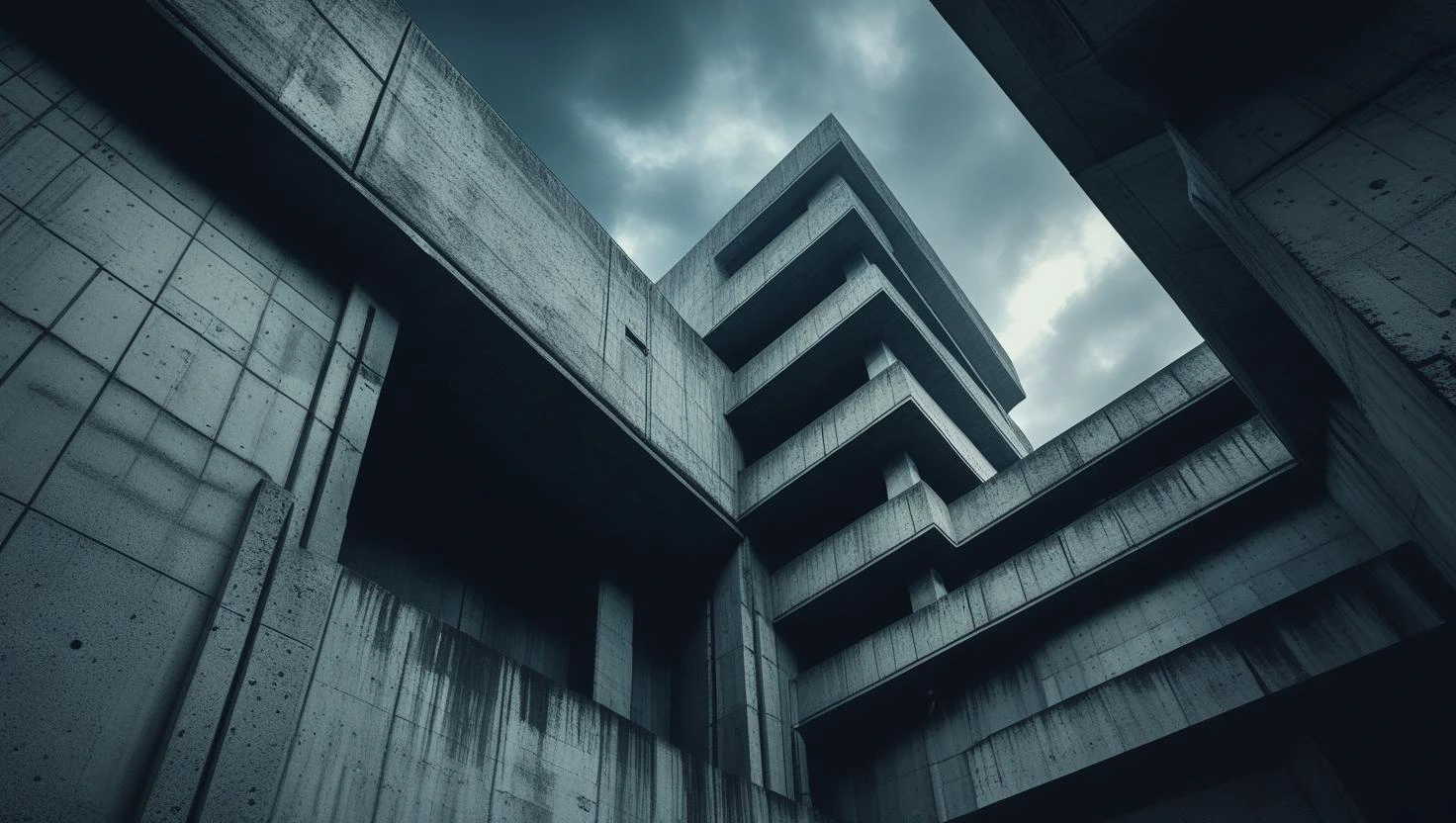
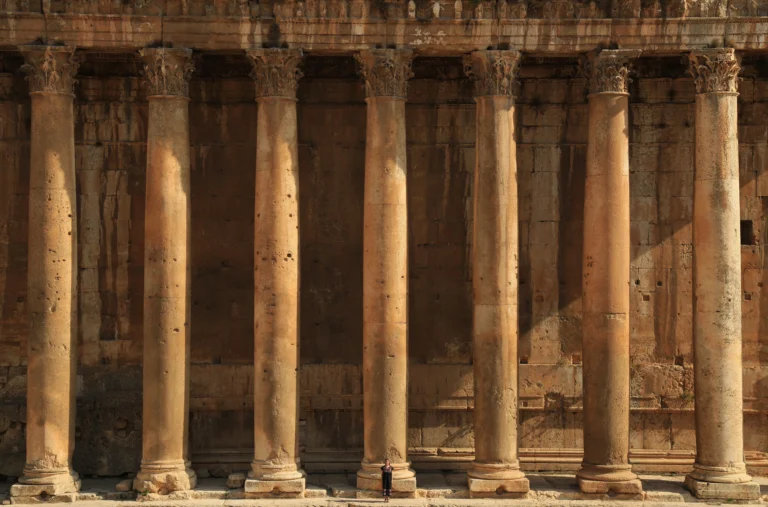
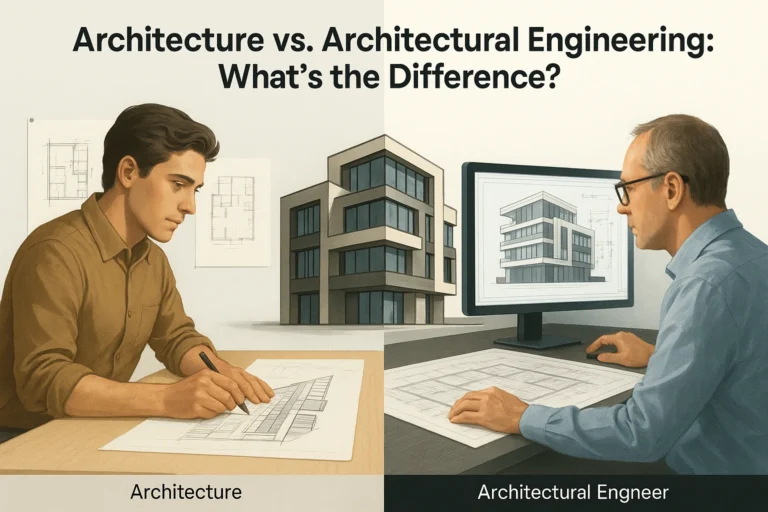
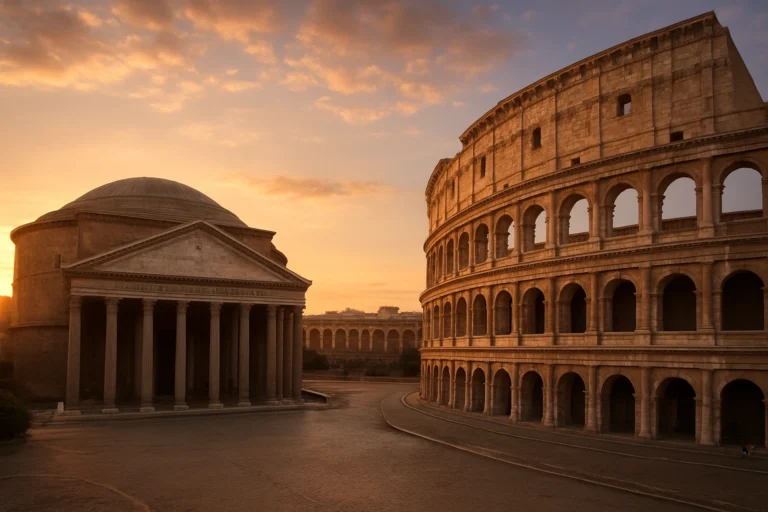

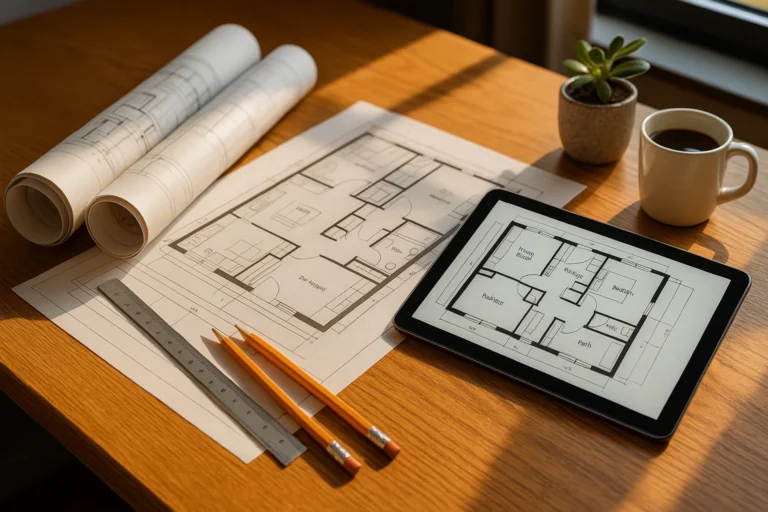
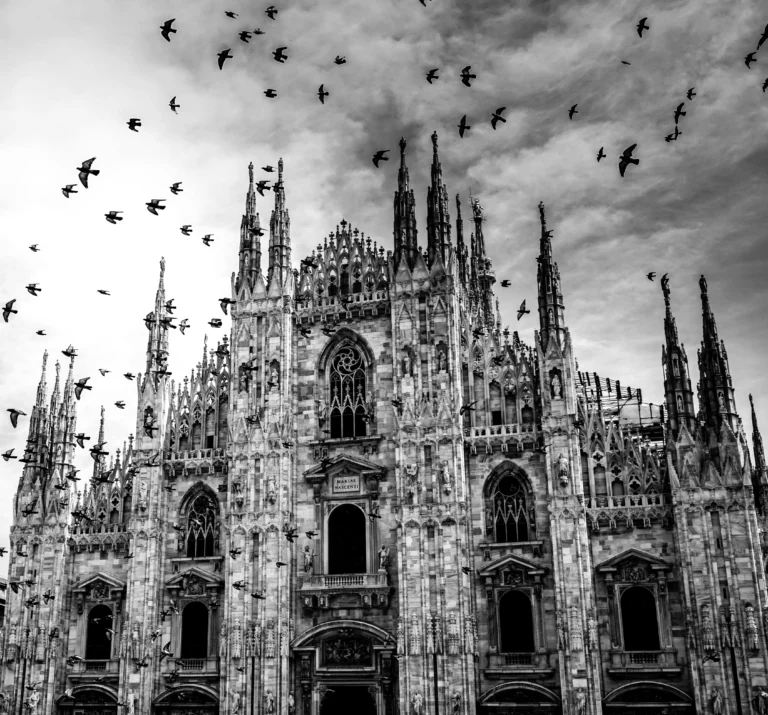
One Comment
Comments are closed.